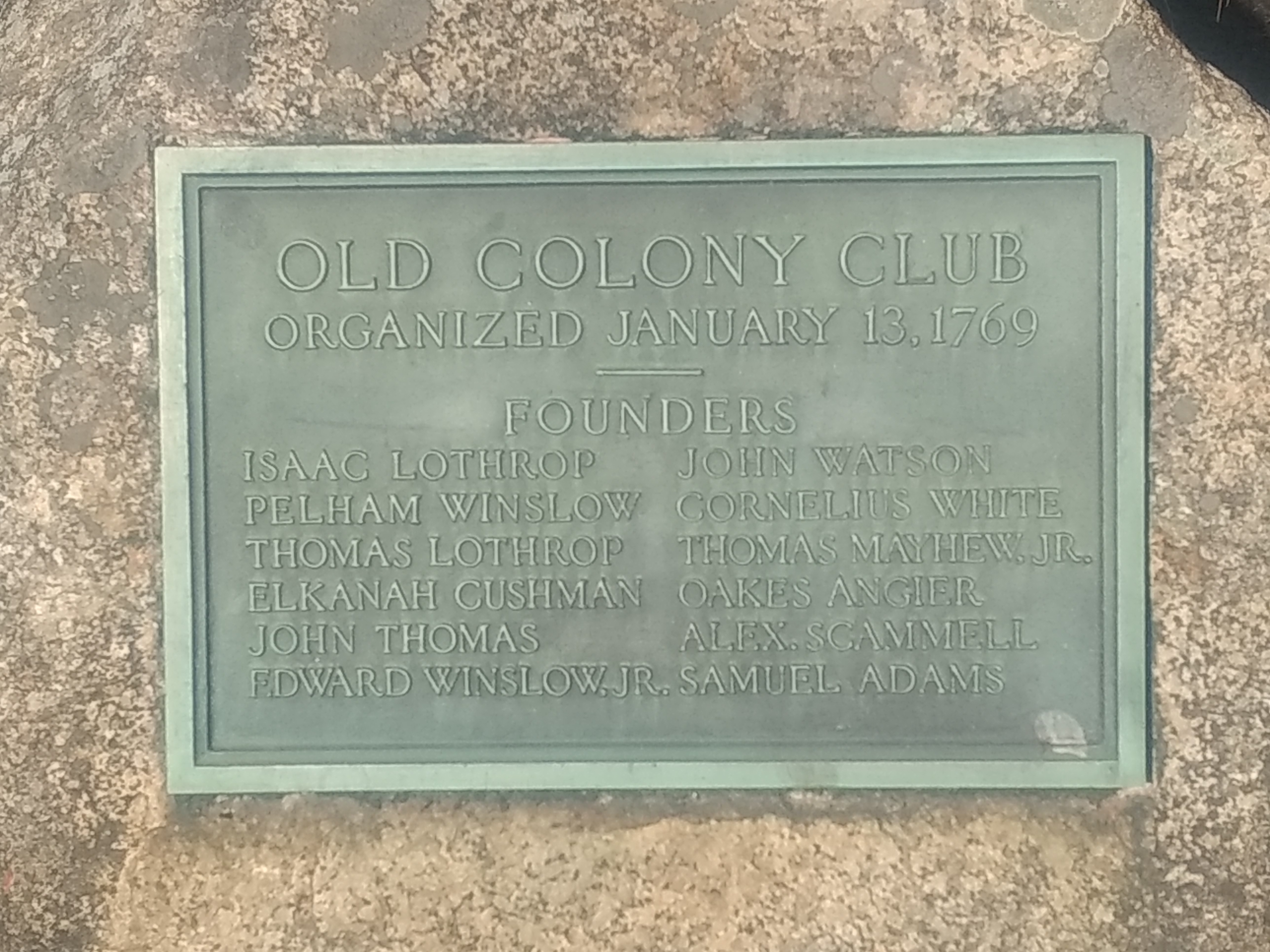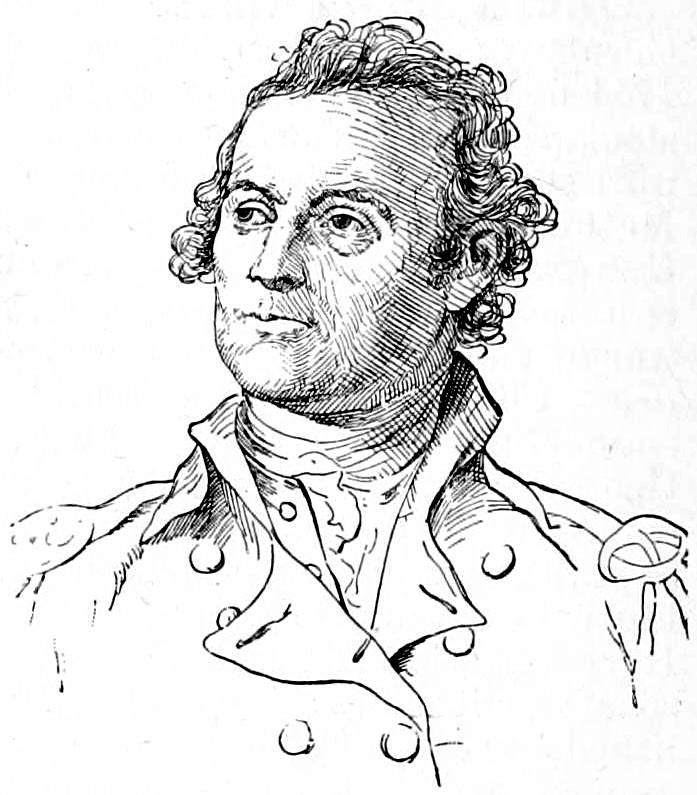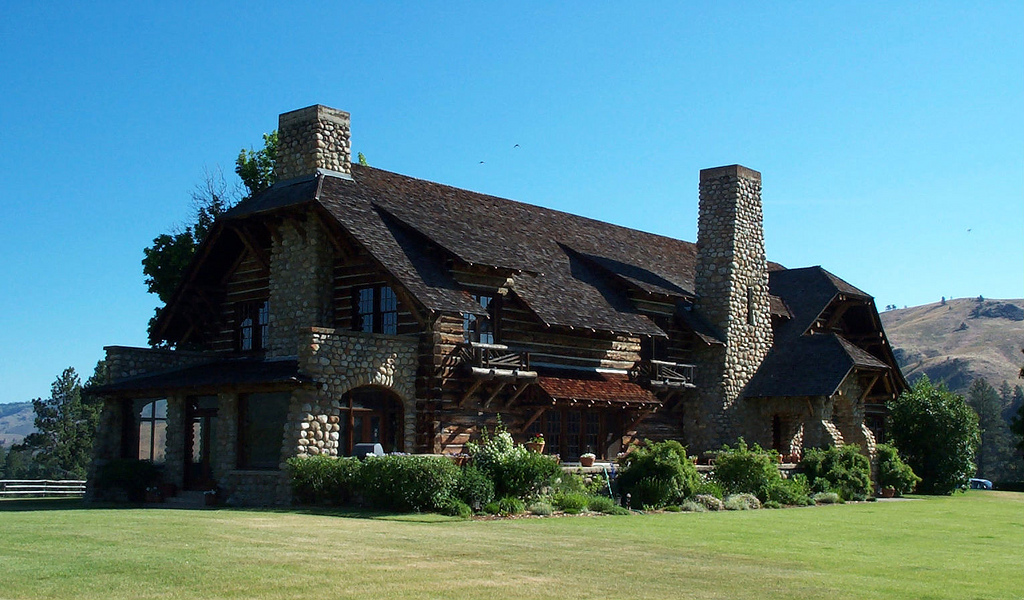This issue of Gardner's Beacon continues the context from the prior issue, GB XI, 1, with respect to accomplishments, continuations, and new beginnings.
See Vol. XI, No. 2 of Gardner's Beacon for ... Sources.
Remarks: Modified: 12/30/2021
This issue of Gardner's Beacon continues the context from the prior issue, GB XI, 1, with respect to accomplishments, continuations, and new beginnings.
See Vol. XI, No. 2 of Gardner's Beacon for ... Sources.
Remarks: Modified: 12/30/2021
TL;DR -- American Ancestor has proven to be a wonderful resource with regard to New England and beyond. As plans for the Plymouth 400th ensued and the time approach, more and more articles dealt with interesting details some of which motivated more research. One addition has been a look at the experiences year by year by R.C. Anderson of Great Migration fame. But, James W. Baker of long association with Plymouth wrote in the current issue about "popular culture" and mentioned a myth and included a reference for further information. That link went to the Nutfield genealogy blog. We have been noting more and more research articles providing URLs (or editors allow them). This indicates the potential for internet resources, when used right. We look at three organizations, two of which have a web presence. The third is of interest to us for many reasons and will be getting more attention.
---
One benefit of belonging to the NEHGS is having access to "American Ancestors back to 2010. That would be about the time that we got started with this work. We have gotten the print version since we joined, but it is nice to review the contents in a digital mode.
You know, as a reminder, the web was thought to be conducive to information sharing and more. That is, supporting research across time and space (disparately). And, it has done that, some what, as well as spawn a bunch of other things that will need ongoing attention. As with anything, it's good to see work from the past get attention in the present. That is scholarship, in part. But, too, there has been such an explosion that making sense of the whole deal (in about any context) is daunting, at the least, and virtually impossible, in the large.
BTW, the yearnings for things that might help control, such as we see with AI/ML/DL, is more hopeless than one might imagine and opens up many areas for unwarranted gaming. Actually, that phenomenon of mischief unbounded could have been foreseen. Was, in fact. We have mentioned this theme and will continue to do so.
Okay, after that prolog, what is this all about? James W. Baker, of the Plimoth Plantation and the Alden House, had an article in the Fall 2021 issue that was titled "The Pilgrim Story in Popular Culture." To us, it was instructive and represented a type of article that will be increasingly useful. That is, fleshing out history with information about people, their families and the local affairs. Usually, history squashes out such detail. The web will allow it to be brought back to attention. It's our choice as to whether this is a good thing or not.
Two things motivated this post and are mentioned in the second bullet. We add an older group in the first bullet since the organizations doesn't get much attention outside of New England. And, there are members all over. Then, while there are more to consider for each group, the second bullet is the focus of the post. Finally, we add one that has direct interest to TGS, Inc.
These bullets look at a group from the 17th, then another from the 18th, and finally, one from the 19th century.
 |
| Old Colony Club |
Remarks: Modified: 12/20/2022
12/20/2022 -- Changed image for the Old Colony Club.
TL;DR -- Everyone in the U.S. knows of the crossing of the Delaware, at least by name. Some of the details may suffer, but the internet provides the means (if things are done right) to fill in as necessary. The New England Historical Society wrote of Moylan and the "United States of America" in a recent feed. We see that Washington had told Moylan to work with Glover. That latter name means something. The first two of a series of military articles in the Massachusetts Magazine dealt with Col. Glover's regiment. In these articles, the regiment, its officers and campaigns are covered. The officers have a little of their history mentioned which information is of interest to family researchers. By the time of the Christmas Eve crossing, Gen. Glover was there with his men who were boat handlers. One of their accomplishments had been to 'privateer' British vessels. In doing so, got nine.
---
Col. Glover has been mentioned three times in posts of this blog:
 |
| General John Glover |
TL;DR -- In our research, we emphasize real people, their families, and events related to their lives. And, sometimes, one finds biographies that are truthful. There have been videos with the same characteristic. However, fiction reigns. So, getting more information about one dealing with areas around Yellowstone, we went to look at what we've researched the past couple of years and have listed the posts. As usual, the main theme is the long reach of New England across the U.S. and the world. And, Harvard fits in there, too, as its history is parallel with that of the country.
---
Frankly, as we mentioned in looking at Harvard, we want to see the influence across the great land of the U.S. and beyond. Harvard? For the pampered? Our note on John Gardner and the Merrimack surveying crew might provide a hint on our view. Perhaps not.
We'll have to relook at that, since Harvard started up, again, in 1640 after a bit of closure post the Eaton deal. So, at least, we can say that John was learning something as he worked with the older guys. Brings up a lagging bit of work which is looking at the classes through the generations. We'll start to sample that. One key one is the big gpp, Rev. John Wise (big in several ways).
So, expect the theme to continue that relates to the blue and red today. Those on the coast; those in the large interior; of course, with perturbations causing permutations everywhere. Now, we're about to the subject. It has to do with some fiction, on TV. So, we're not reading it; rather, it's the thing of having people extant now portray those of the past through events that might have happened. Or not. It's like the Games of Thrones; we find that very tedious and erroneous since those involved with what the theme is were real flesh and blood. Perhaps, respect of sorts might happen someday, maybe not.
The other side of this is that people then get a warped view since they are not get a true representation. But, so what? It's fantasy. Well, in the case of this show, they use a house that is real. We'll look at the owner who is out of New England. You see, folks, New England is the core, many ways. Yes, and in the Civil War, Massachusetts was prominent, especially in Gettysburg.
Finally, to the theme? Let's see. We're continuing this theme: Harvard, in the west. Nowadays, sure, there are students from all over. But, we're talking 200 years ago. And, Harvard was going through some changes that need some attention. As in, we can provide a mirror to lift up to the institution, perhaps.
As we come through time, we will note the changes in Harvard. Early on, the focus was on ministers or teachers. The Adams family can be a good example, say the two Johns (politician and the mountain man). The latter had no education (Grizzly, of TV fame). The former's father (John married to Abigail) went to Harvard. His grandfather did not, however a great-uncle did. There can only be so many preachers in a family. Someone has to do real work.
Grizzly's ancestors were of the sea which does not quite go with the terrestrial life on campus. There was no remote learning in those days. One might say that the potential influence of Harvard grew with them. The more students, the likely the remote touch. And, New England had a long reach, as we will be showing.
 |
| Built for Howard Clark Hollister and William S. Ford |
In the below, we provide pointers to material and to our posts (in order) on the subject so as to pull them into one place. Oh yes, from the east, it's a huge trek to Yellowstone. From the west, accomplished by sea to the coast, it's no big deal. There was regular traffic (American Indians and the French and Spaniards).
Let's start with a map, that comes via Harvard.
Remarks: Modified: 04/07/2022
TL;DR -- While looking at Heads of Harvard, we ran across a lecture by a Dean that included a piece of a poem. So, we went and looked for this. Found it in the Harvard Graduate's Magazine. Also, we are tracing down the influence of New England on the west, that is west of the Mississippi River. And, as we find New England references, we like to follow them to know more of the people and their families. This is one current focus which we'll follow as long as it bears fruit. Then, we saw that a contribution has been made by the head of Meta to Harvard to study intelligence, natural and artificial. Sounds to be great news. We'll watch how this unfolds.
--
We have been looking at Harvard's influence on the U.S., primarily by getting to know the Heads of Harvard over the 400 years. The sampling (see History of Harvard) that we have done so far is interesting. The sample has been motivated by considering current affairs at different times.
Today, we thought to revisit the Western rivers that had our attention, for a while. Why? There is a TV show titled 1883. Also, it has to do with Yellowstone. So, that got our interest, though we have paid more attention, til now, on the earlier times (pre Civil War). One thing we looked at was Harvard names out west. There is a 14k footer with the name in Colorado. Many of Harvard have been in the area, like Henry Keyes, with other students, who did some mapping in the area in 1899 and wrote a journal.
While searching further, we found this poem given at a talk and looked to see where that came from.
One of our motives is to have Harvard included through time as we look at generations. For instance, the Fifth Gen was the core of the U.S. Revolution. We will continue along this vein after stopping to look at what we have accumulated so far.
At the same time, we are looking at the family history of those we consider. We have already followed some links related to collateral families. There is no end to this work which would not have been capable of accomplishment before the internet came on the scene.
On another note, we have expressed our intent to focus on technology as we consider the 400 years of New England influence. And, that would include Harvard's work, as well.
BTW, a pointer to the Officers and Deans page.
The Crimson has this article, recently: Chan Zuckerberg Initiative Pledges $500 Million for AI Institute at Harvard. This is an institute-wide initiative with the purpose to study natural and artificial intelligence.
Hence, the inclusion of the poem relates to the several themes of this post.
Remarks: Modified: 12/19/2021
TL;DR -- How could a study of Harvard only point to a foreigner? Even if it's Dickens? So, to balance that, we are picking Ralph Waldo Emerson for several reasons. He had a long-term relationship with the institution. Too, he was there when the Count Rumford monies came in and changed things. He was in the Divinity School. And, juxtaposing these two talents has a lot of potential for considering the U.S. and its roles: past, present, and future.
--
We got to Charles Dickens (1812-1870) from our study of the Heads of Harvard. On our first read of this material, we saw Ralph Waldo Emerson (1803-182) mentioned. After looking at Josiah Quincy, III (1772-1864) whose biographer talked to Emerson, it is imperative that we give him some attention.
 |
| Self-Reliance |
Ralph Waldo Emerson (WikiTree: Emerson-46) was New England to the core via both parental lines. On his mother's side, he has Mayflower lineage. Emerson was in Harvard in 1817 when he was 14. John Thornton Kirkland was the President, at the time. That was about the time that Count Rumford's impact on the institution with his Loyalist's donation. Though, Emerson stayed true to his calling in the Divinity School. The secularization moves would come later. This has not really been addressed in our research, yet, but is on the agenda.
With respect to Dickens, Emerson went to one of his talks and noted the obvious talent. That was during the 1842 visit. It was in the later visit by Dickens, in the 1860s, when the two had a chance to talk further. There were several commonalities, such as being abolitionists. And, they both had deep insights with disparate means of expressing these. Their two talents represent something that we have not learned to balance and must.
A few mentions of Emerson by Dickens are noted in an article on Dickens meeting with Edgar Allen Poe. We mentioned Poe, earlier, in a post on Magazines.
This is a cursory mention, mainly serving as a placeholder and reminder. We have been paying more attention of late to those who went west. Dickens bailed out at St. Louis. The travel was arduous. We really need to get the proper view back on what people did in the middle of the country to establish that part of the nation. With Emerson entering the picture, we can go back and look at the east coast over the same timeframes of the generations of the country.
Reminder: Emerson is of the 7th generation.
Remarks: Modified: 12/19/2021